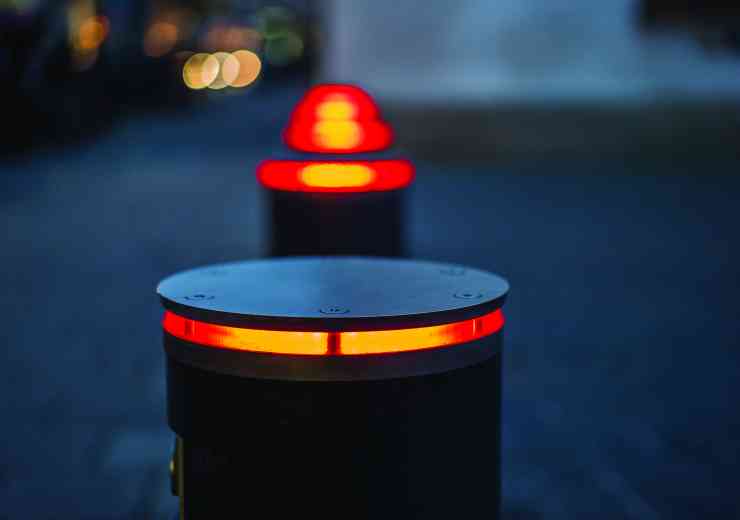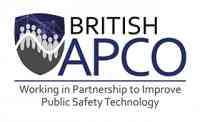
Why keeping escape routes clear matters
We take a look at the different ways you can keep emergency exits clear, as well as the importance of drills.
Having well maintained and clear exits in all kinds of venues is essential to the safety of everyone inside, whether it’s to allow for a safe and quick exit during fire drill or an emergency evacuation during a terror attack.
County Durham and Darlington Fire and Rescue Service said that premises that are simple, consisting of a single storey, will require fairly simple measures to protect the escape routes compared to a large multi-storey building, which would require a more complex and inter-related system of fire precautions.
Escape routes in a building should be designed so that people can escape quickly enough to ensure they are not placed in any danger.
The time available to escape a situation will depend on a number of factors, including how quickly an alarm is raised, the number of escape routes available, and the nature of the occupants.
Run, Hide, Tell
In the case of a possible terrorist attack on a venue, Counter Terror Policing advises people to follow three key steps to keep safe.
This was created in 2017 with help from first-hand testimony and case studies from people who have survived weapons or terrorist attacks.
The simple three-word advice is pretty self-explanatory. Start by running to a place of safety. This is a far better option than to surrender or negotiate. If there's nowhere to go then it is better to hide than confront the attacker.
Counter Terror Policing also advises people to turn their phones to silent, as well as (if possible) barricading themselves in. Next, they should call the police on 999.
Drills
While this advice is helpful due to its simplicity, it can also be useful to regularly conduct fire drills to make sure everyone knows what to do in an emergency.
Drills give the users of a premises experience following fire exit routes and procedures, from following signs to finding staircases. For building owners, a fire drill can also help identify measures needed to correct any risks found during the drill.
The responsible person of a building has a legal duty to ‘provide procedures for serious and imminent danger’, as set out in the Regulatory Reform (Fire Safety) Order 2005. These procedures must be supported by providing appropriate training and instruction, which includes fire drills.
While the fire drill is taking place, follow a checklist to ensure everything is in proper working order, including fire alarm systems and emergency lighting. All escape routes should be clear, with fire escapes opening easily, fire safety doors closing correctly and all fire exit signs displayed in the correct places.
Legally, these drills must be carried out at least once a year.
The importance of deicing and gritting
Keeping emergency exits clear of any possible barriers or hazards is also very important. People will not necessarily behave the way they are told to in a drill, as they are more likely to panic.
Therefore, it is important to ensure the exits are easy to see and safe to use.
Ice near or outside emergency exits can be especially hazardous as there is a higher likelihood of slipping. You can do this by using preventative measures in colder weather such as deicing or gritting surfaces on or near the exits.
This means the emergency services will have better access to possible casualties.














